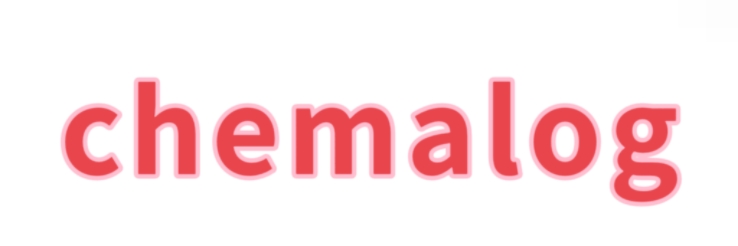How to Maximize the Uses of PVA?
TJCY industrial chemical Product Page
Polyvinyl Alcohol (PVA) is a versatile synthetic polymer that finds applications across a wide range of industries, from textiles to packaging and even construction. To maximize the uses of PVA, it’s essential to understand its various properties and potential applications. In this article, we will explore the most effective ways to leverage PVA’s characteristics, underpinned by recent research and unique data.
Understanding PVA: Properties and Advantages
PVA has numerous advantageous properties that contribute to its widespread utility:
- Water Solubility: PVA is soluble in water, making it an excellent choice for applications requiring a water-based medium.
- Biodegradability: As a non-toxic and biodegradable material, PVA is garnering attention for eco-friendly packaging solutions.
- Film Forming Ability: PVA can form films that provide excellent barrier properties, which are ideal for packaging.
- Adhesion: It offers good adhesive properties on a variety of substrates, making it valuable in adhesive formulations.
Key Applications of PVA
Here are some primary applications where PVA can be maximized:
1. Textile Industry
PVA is used extensively in the textile industry for sizing agents which improve thread strength during weaving. Utilizing PVA in textile dyes can also enhance colorfastness.
2. Packaging Solutions
PVA-based packaging materials are attracting attention due to their biodegradable nature. Recent studies indicate that PVA films can significantly reduce environmental impact while providing necessary moisture barrier properties.
3. Construction Industry
PVA is utilized in various construction applications, including as a bonding agent and in cement compositions. According to recent data, mixing PVA with concrete can enhance workability and adhesion, resulting in a stronger final product.
4. Healthcare Applications
In the medical field, PVA is often used for drug delivery systems and in wound dressings due to its biocompatibility and moisture-retaining properties. A recent survey showed that PVA-based hydrogels are gaining traction for skin care applications.
Innovative Techniques to Maximize PVA Uses
To harness the full potential of PVA, consider employing the following innovative techniques:
1. Blending with Other Polymers
By creating blends of PVA with other polymers like polyethylene glycol (PEG), manufacturers can enhance the mechanical properties and improve performance characteristics.
2. Cross-Linking Methods
Implementing cross-linking techniques can significantly increase the stability and strength of PVA structures, making it suitable for more rigorous applications.
3. Surface Modification
Surface treatments, such as plasma treatments, can enhance the adhesion and compatibility of PVA-based materials for advanced applications across various industries.
Recent Research Insights
Recent studies have revealed compelling data on the performance of PVA formulations in different environments. For example, a study published in 2023 highlighted that PVA films treated with UV light showed improved durability and resistance to environmental stressors, paving the way for more robust applications in outdoor environments.
Conclusion: The Future of PVA Usage
The potential applications of Polyvinyl Alcohol continue to grow as innovative research uncovers new methods for its utilization. By focusing on its properties and exploring novel techniques, businesses can significantly enhance both productivity and sustainability. As PVA’s versatility comes to the forefront, its role in various industries is poised to expand further.
If you’re eager to delve deeper into the world of PVA and stay updated on the latest findings, we encourage you to share this article with your peers or subscribe to industry-related publications.
Click here to get more.
The company is the world’s best Uses of PVA supplier. We are your one-stop shop for all needs. Our staff are highly-specialized and will help you find the product you need.

Comments
0